Selling a house with a drainage problem
Intro
Every building, old and new requires a working drainage system. It’s a given, something we don’t think about every day, you flush the toilet and the water goes away. And that ‘away’ is enough until it doesn’t go at all.
A broken pipe can cause many problems, and like a tooth cavity – it won’t go away on its own. It will only get worse and can cause structural damage to the property. It is important to fix any drainage issues and keep the system properly maintained.
Did you know?
The word plumbing comes from a Latin word – plumbum – that means lead ( hence the Pb symbol ). First Roman pipes were made out of the lead.
Drain vs sewer
Simply speaking drain is the part of the drainage system that takes the wastewater away from your house and connects to the sewer system which takes the waste from the surrounding area. The property owner is responsible for looking after the drains within the vicinity of the property whereas public sewer and the public network is maintained by the water company.
How old is my house?
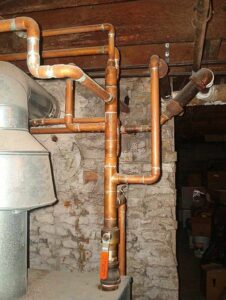
Depending on the age of your house, how old is the drainage system your pipework will be made out of different materials.
Victorian property with the original draining system will most likely have pipes made out of clay covered in a special salt glaze. Traditional salt-glazed pipes are used to this day and in some circumstances, they are beneficial – for example, they hold their structural integrity and do not flatten under the load. They are more susceptible to cracking over time and are much more expensive than plastic pipes.
If your house was built between 1940-1965 there is a possibility that your drainage pipework is made out of pitch fibre, which is a lightweight cellulose material strengthened with tar and asbestos. It was cheap and easy to produce but it’s got a short life and it’s not in use anymore. It has often caused a collapsed drain.
Other options include cast iron, copper and galvanized steel pipes. When plastic pipes were widely available their popularity has immediately risen due to how easy it was to handle and manufacture them.
What are the most common drainage problems?
Blockage
When the wastewater pipe is blocked with debris it can create a solid mass that blocks the water flow. That’s one of the most common causes of plumbing issues in your house.
What can I do?
Depending on where the blockage is and what is it made out of you may try different things: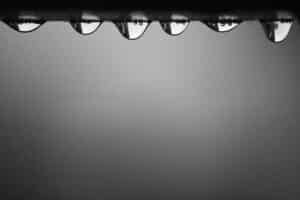
- a good ol’ plunger
- a salt and bicarb concoction
- metal wire hanger to push down the blockages take it out
- an unblocking chemical solution from the shop
If that doesn’t tackle the drainage problem it’s worth having it fixed by a plumber or drainage company.
Tree roots growing
When tree roots are aggressively seeking nutrients can get into a waste pipe through joints and cause a blocked drain.
What can I do?
The best solution is to get a specialist to remove the root system from pipes – that’s usually done by drain jetting, which means using a high-pressure water stream to push and remove the blockage from the drain.
Cracked pipe
Drainage pipes are more at risk of cracking as it’s getting older. When the pipe cracks the waste water leaks into the ground, sometimes for a long period before you spot the first signs that drainage needs a fix.
What can I do?
Get professional help. They will carry out a necessary CCTV drainage survey to find the location of the leak. Then they will make a decision whether replacing pipework is needed or just putting a lining will repair
the wastewater pipe.
Opened joints
Heavy traffic and ground movement may cause the drainage pipe to open and the leak will occur.
What can I do?
Get in touch with drainage professional. Luckily excavation is not always necessary to fix the problem. Modern technology allows identifying the problem without digging up the ground. A special lining can be placed inside the drains that are connected. That should fix the drainage problem.
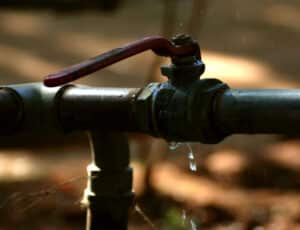

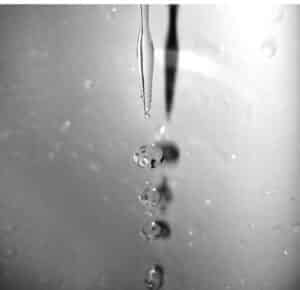
First signs of blocked drains:
- bad smells
- slow water drainage – either sink or a shower
- loud gurgling sound
How does it impact a property?
If you’re buying a property that’s not a new build it’s a good practice to get a drainage survey. It is called a CCTV drainage survey. A small camera with be inserted into your pipe and will scan for any drainage problems – fractured pipes, blockages, cracks, will check if the flow is correct. If the drainage professional will find anything worrying you will get a report and can make an educated decision on what to do next. It will definitely give you some negotiating power.
Untreated drainage problems can lead to subsidence and structural damage to your home.
What if I want to sell?
If you decide to sell a house that has some known drainage issues it may be a lengthy process. Anything can be fixed and sold but if time is important to you or if you’re under pressure you may consider selling your property to a professional property buyer. A company like us – House Buy Fast buys any house in any condition. Your drainage problem is not a problem for us. Contact our friendly team on 01903 331588 to receive a cash offer. We can buy your house within a few days.
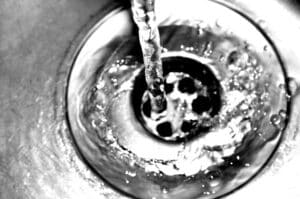
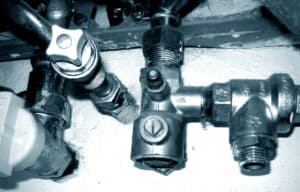
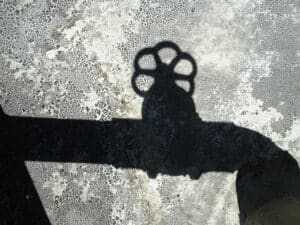
Get a guaranteed cash offer for your home
Or call us for free: 0800 033 7853 01903 331 588


